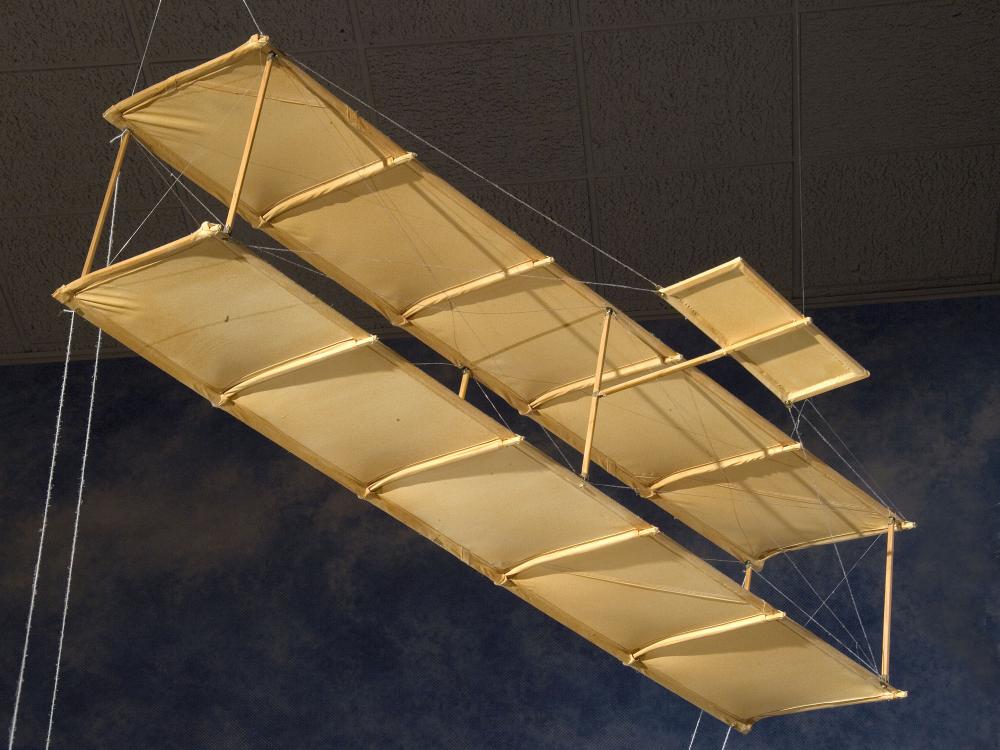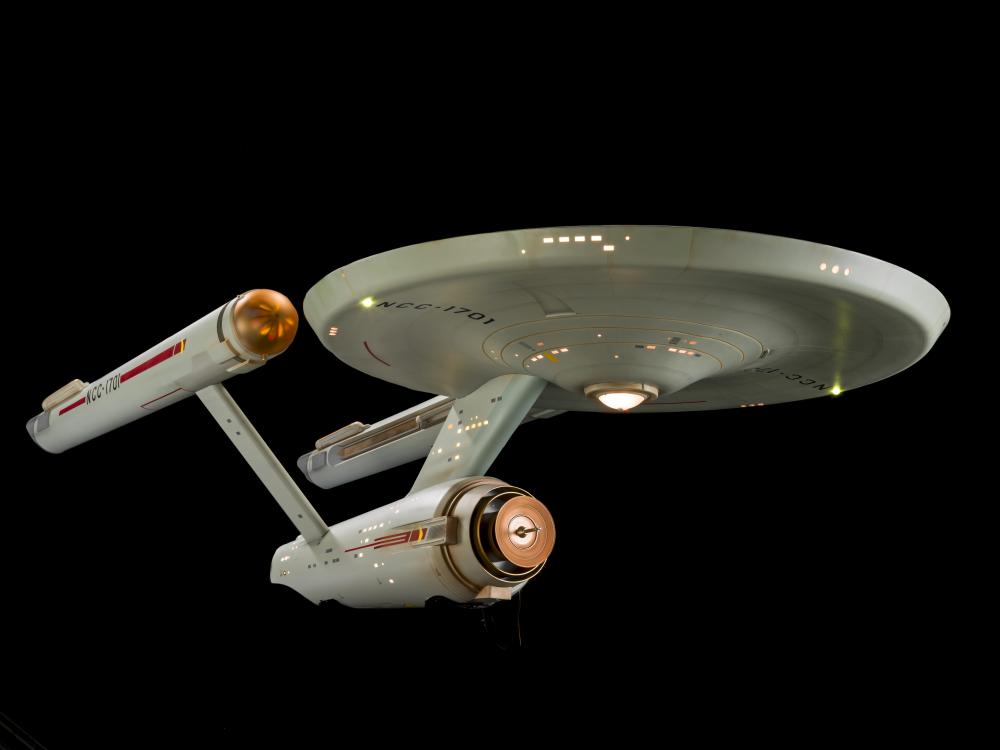April 26 | Steven F. Udvar-Hazy Center
This month's family day explores how small models of aircraft and spacecraft play a big role in helping us imagine, design, build, and fly the real thing.

Check out the latest half hour episode featuring hands-on activities, explanations of aviation and space topics. Perfect for middle school classrooms.




